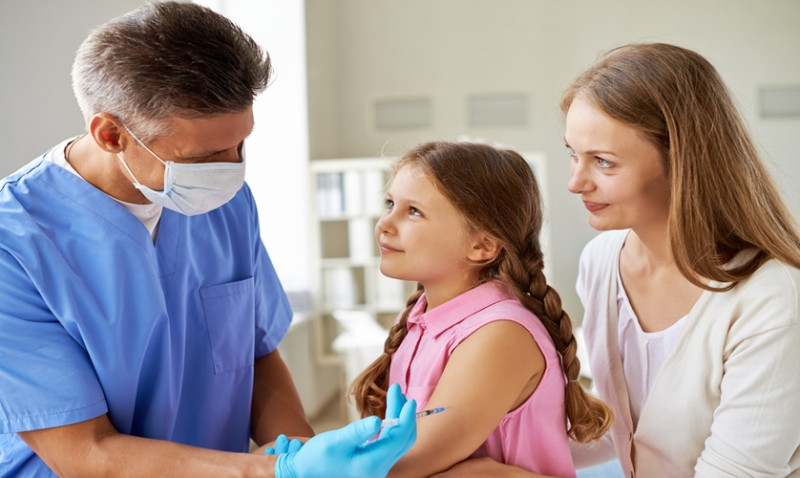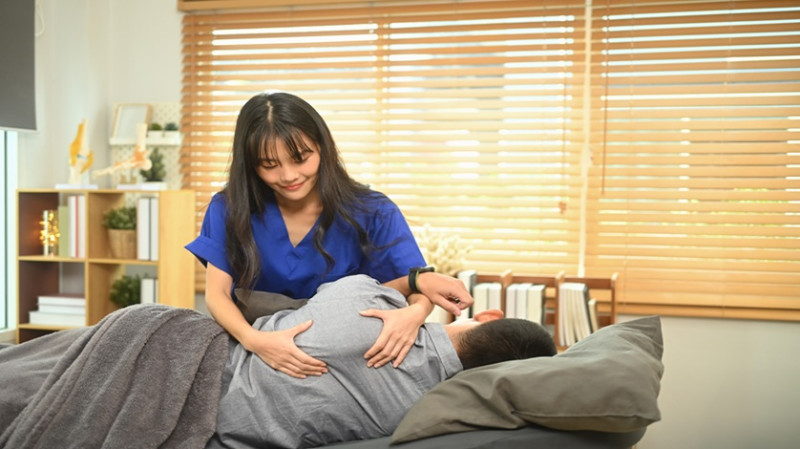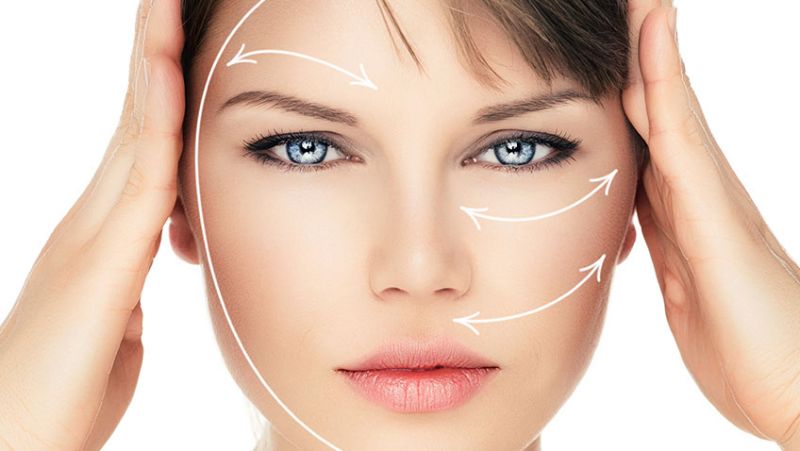
Stroke recovery is a multifaceted journey that often begins with the flaccid phase—a critical and challenging period where the affected muscles show little or no movement. During this initial stage, implementing a structured rehabilitation approach is vital to improve motor function gradually. One of the most recognised methodologies in stroke rehabilitation is the Brunnstrom Approach, which provides a staged recovery process to help regain voluntary motor control. For physiotherapists, caregivers, DIY health enthusiasts, and even home-care professionals throughout the UK, understanding how to apply Brunnstrom exercises during the flaccid phase can be pivotal for patient recovery.
In this post, we’ll explore the key concepts of the Brunnstrom method, with a focus on practical, easy-to-apply exercises for the flaccid phase that are suitable for at-home care or clinical settings. By offering clear insight and guidance, both health professionals and those caring for stroke survivors at home can gain valuable tools for sparking progress and hope during this critical early stage.
Understanding the Brunnstrom Approach
The Brunnstrom Approach, developed by Swedish physical therapist Signe Brunnstrom, is a neurophysiological framework that categorises a stroke patient's motor recovery into seven distinct stages. Each stage represents a level of voluntary motor function, from complete paralysis in stage 1 (flaccidity) to near-normal movement in stage 7. This method is especially useful in tailoring rehabilitation protocols based on the individual's current functional level.
The key principle underpinning this approach is that reflexive and involuntary movements can be leveraged as stepping stones to re-establish voluntary control. Progress through the stages is encouraged by facilitating movements through reflex patterns and synergies before guiding the patient towards isolated, controlled actions.
While most movement returns naturally over time, implementing the correct exercises at the right stage can significantly accelerate this process. In the flaccid phase—stage 1—it becomes essential to stimulate neurological pathways for motor return while maintaining joint integrity and muscle health.
This approach is particularly useful for professionals and caregivers in the UK looking for cost-effective rehabilitation tools that can be implemented in community health settings or within the patient’s own home.
Goals During the Flaccid Phase of Stroke Recovery
During the flaccid phase, the affected limb(s) typically display no active movement. Muscle tone is extremely low or absent, creating a risk of joint instability and muscle atrophy. Therefore, the primary rehabilitation goals during this phase often include:
- Preventing joint stiffness and soft tissue shortening
- Maintaining circulation and reducing the risk of deep vein thrombosis (DVT)
- Preserving sensory awareness and promoting proprioceptive input
- Initiating neural facilitation for muscle activation
- Preparing the body for reflexive and voluntary movement patterns in later stages
By integrating Brunnstrom-based exercises early, movement recovery can begin even before voluntary actions reappear. Simple, repetitive stimulations not only support physical integrity but can also aid psychological well-being by involving the patient actively in their own recovery process.
Brunnstrom Exercises for the Flaccid Phase
Brunnstrom exercises for the flaccid stage emphasize passive and facilitated movements to trigger initial muscular and neurological responses. While exercises should always be tailored to the individual by a qualified physiotherapist, the following types of movements are commonly used as part of phase 1 therapy:
1. Passive Range of Motion (PROM)
One of the most important aspects of early stroke recovery is maintaining the range of motion in affected limbs. PROM involves moving the patient's limb through its natural motion range without requiring muscular effort from the individual. This helps prevent contractures, promotes synovial fluid flow, and preserves joint integrity.
Example PROM exercises include:
- Gently flexing and extending the elbow, wrist, and fingers of the affected limb
- Shoulder abduction and adduction (supporting the limb at the elbow and wrist)
- Hip, knee and ankle mobilisations if lower limb is impacted
2. Tactile and Proprioceptive Stimulation
This involves the use of touch, vibration, pressure, and manipulation to stimulate sensory awareness and awaken neurological pathways. Techniques include:
- Brushing or tapping muscles with a soft object to stimulate fibers
- Using joint compression or gentle traction to activate movement receptors
- Applying a textured surface under the limbs to promote proprioception awareness
Such stimulation helps neuroplasticity—the brain’s ability to reorganise and form new connections in response to sensory inputs.
3. Reflex-Based Stimulations
Since there may be no voluntary control present, Brunnstrom encourages use of primitive reflexes to produce movement. Techniques to elicit reflexes might include:
- Using the tonic neck reflex (turning the patient’s head to the side may promote limb extension on that side)
- Facilitating the stretch reflex by gently stretching a muscle to encourage tone return
These types of exercises should be carefully supervised, as they aim to ‘wake up’ neural circuits and must be properly managed to avoid encouraging maladaptive patterns.
4. Positioning and Bed Mobility
Proper positioning is essential in preventing pressure sores, joint dislocation (especially shoulder subluxation), and ischemic injuries. Patients should be supported with pillows or special positioning devices to promote alignment and comfort. Key points include:
- Elevating the affected arm while lying to prevent fluid buildup
- Encouraging semi-fowler or side-lying positions with proper support
- Assisting with rolling, shifting and weight distribution to stimulate awareness
Practical mobility aids and basic physiotherapy tools available in the UK market, such as foam wedges or inflatable splints, can further enhance the impact of these actions.
Safety and Professional Oversight
It’s important to note that while many of these exercises can be performed at home, they should always begin under supervision of a trained physiotherapist or rehabilitation specialist. In the UK, the NHS and various private rehab clinics offer Brunnstrom-based therapy options, and many home healthcare providers now incorporate this method into post-stroke care plans.
Inappropriate movement or excessive force can lead to complications such as joint dislocation, shoulder-hand syndrome, and frozen shoulder. A guided plan from a healthcare provider ensures progress is both safe and effective.
Caregiver and Patient Involvement
For many stroke survivors, the presence of an engaged caregiver or motivated family member can make a profound difference in their recovery journey. Learning and understanding these exercises allows caregivers to play an active, empowered role in daily therapy sessions.
Brunnstrom exercises can also serve as a foundation for building consistency and routine, two essential elements in stroke rehabilitation. Simple tools like exercise logs or printed diagrams of movements help make these routines easy to follow and stay on track.
Conclusion: Starting Strong with the Brunnstrom Approach
The flaccid phase of a stroke demands proactive intervention to maximise the potential for long-term functional recovery. Through the use of the Brunnstrom Approach, patients in the UK can benefit from a structured pathway that transforms reflex responses into purposeful movement.
Whether you are a physiotherapist crafting tailored interventions, a loved one assisting with home exercises, or a healthcare provider looking for practical tools, Brunnstrom exercises provide a tried-and-tested method to initiate recovery during this critical early phase.
By starting with the right techniques and mindset, you can help lay the foundation for each subsequent stage of recovery—empowering patients to regain more independence, mobility, and confidence every day.





